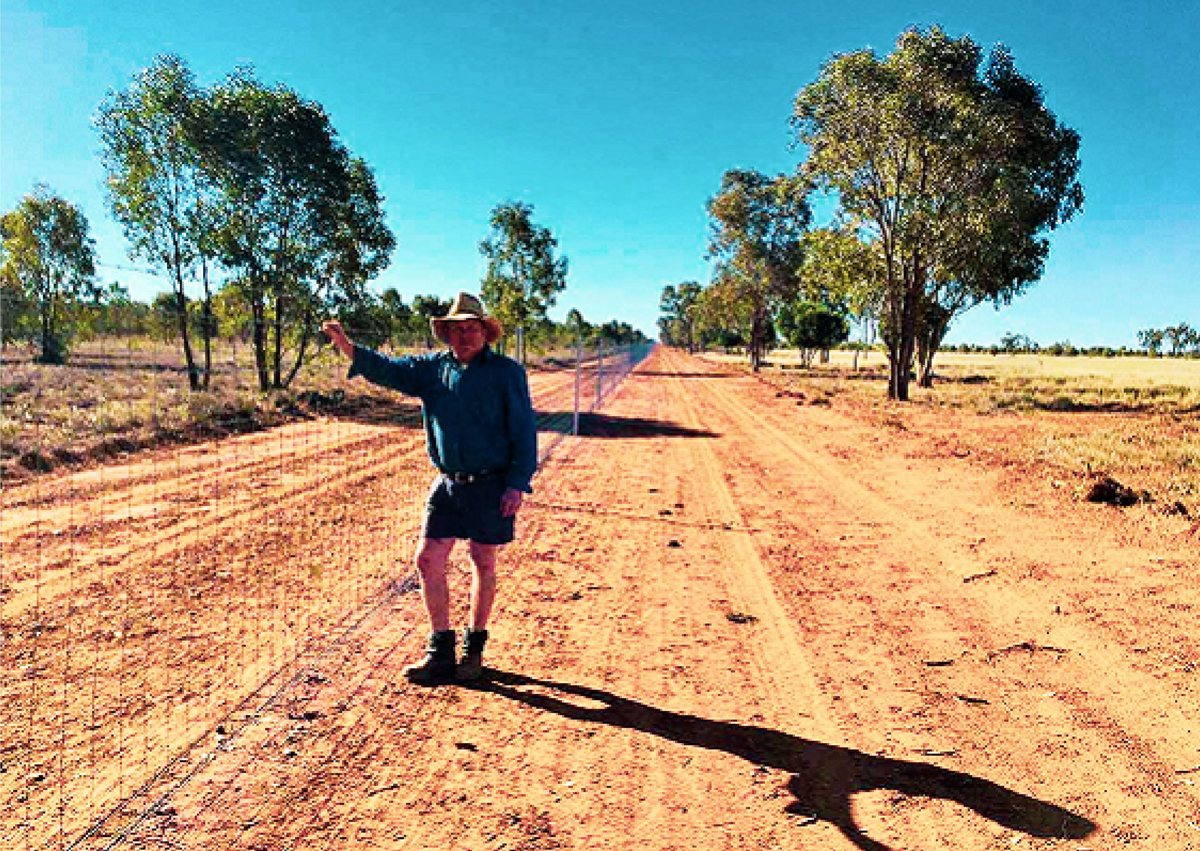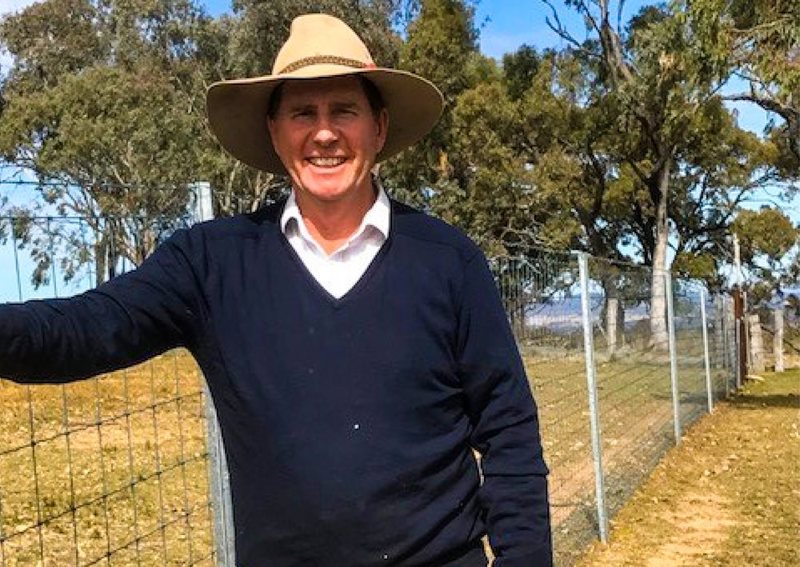Cluster Fence - Targeting Wild Dogs
The Problem
South West producers Tim and Jo Caskey have 30,000 acres of land near Mitchell in Queensland. They were faced with a wild dog problem which was progressively wiping out their livestock. The Caskey’s mentioned that in 2007 before the influx of wild dogs they ran 3,000 Dorper ewes, 17,000 mixed goats and 1,500 head of mixed cattle. In 2017, they reported having zero sheep, 1,500 goats and roughly the same amount of cattle.
“During this period wild dogs alone have cost us $50,000 per year in lost production across our sheep, goat and cattle enterprises,” Mr Caskey said.
Over the last decade the Caskey’s operation has been devastated by wild dog attacks, and inundated with thousands of kangaroos and wallabies.
The Solution
All these factors combined with similar issues faced by surrounding landholders, resulted in the formation of the ‘Cogoon’ Cluster, with support from South West Natural Resource Management (NRM) Ltd.
South West NRM have provided funding for 50 per cent of the Waratah fencing material cost, which equates to about $6,175 per ha.
The Cluster which is made up of eight landholders, plus fencing contractors, is funding the remainder of the material, and all of the labour costs.
The exclusion fence is 180cm in height and has been fitted with Waratah netting and apron. The height of the fence restricts kangaroos being able to penetrate the grounds and the apron prevents wild dogs and other animals from digging under the fence.
Advice From Farmers to Farmers
Tim Said, “The Waratah products have also made the whole process to date, very efficient. The equipment is easy to use in hard or soft country, and as a result we’re making very good time, installing at least two kilometres of fence per day”.





